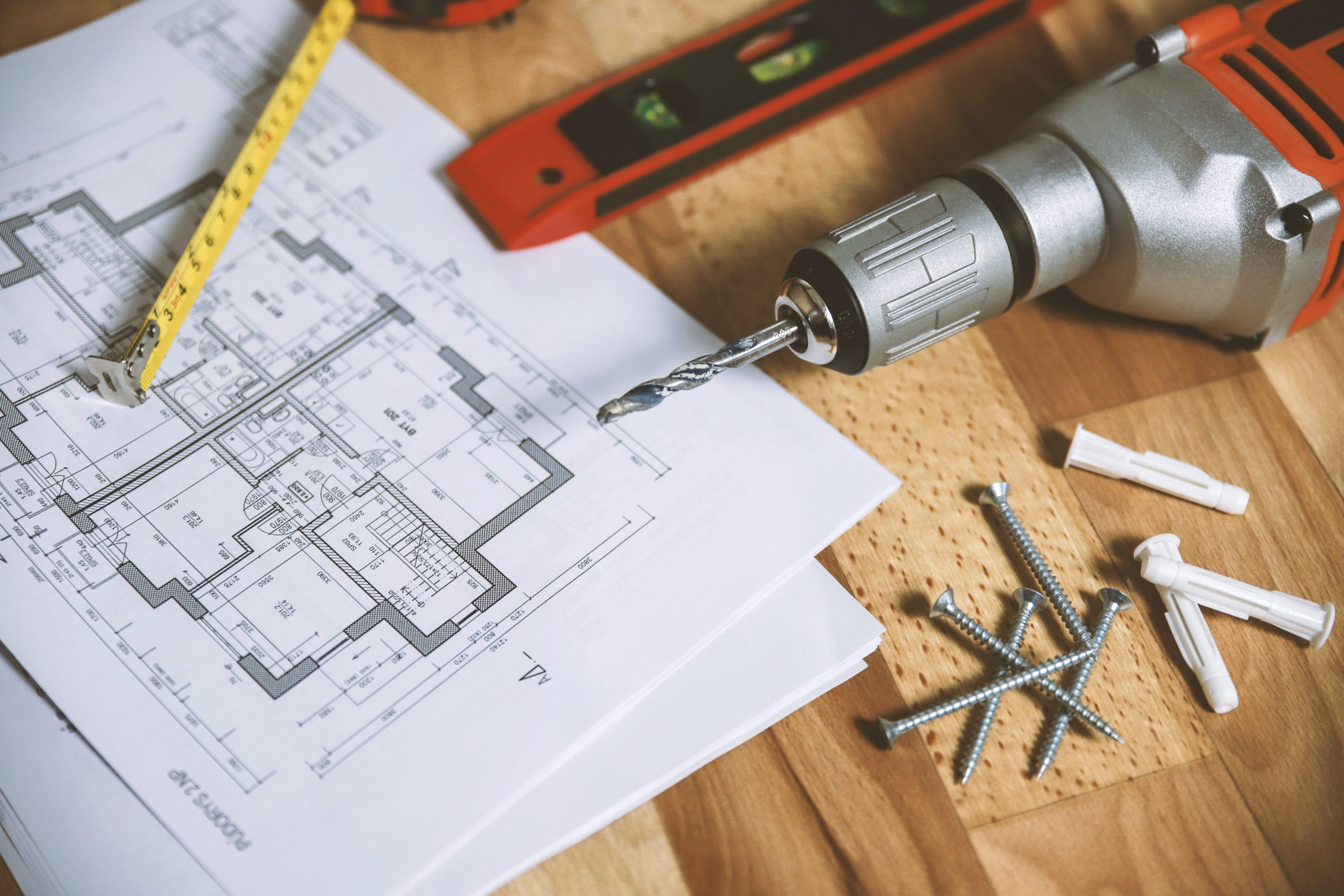Measurements in Spanish: The Complete Guide

Get our free email course, Shortcut to Conversational.
Have conversations faster, understand people when they speak fast, and other tested tips to learn faster.
More infoWhether you want to talk about the dimensions of an object, the temperature outside, the distance that you need to travel from one place to another, or simply follow a cooking recipe, you will need to understand how to refer to measurements in Spanish.
The fundamental detail to keep in mind is that Spanish speakers generally use the metric system – sistema métrico, in contrast to the imperial system used in the US. In this complete guide to using measurements in Spanish, we’ll cover the important vocabulary you’ll need for each type of measurement, including Spanish measurement vocabulary for both the metric system and the imperial system.
Before we dive into units, we’ll start with some of the basic terminologies for talking about measurement in Spanish. Then we’ll dive in with temperature vocab, we’ll continue with lengths and distances and dimensions, we’ll move on to weights and volumes, and we’ll even include a section on kitchen measurements in Spanish.
We’ll round out our post with some exercises to let you practice what you’ve learned. Now let’s get started!
Measurement terminology in Spanish
Before we get into units, let’s just cover some of the essential vocabulary for talking about measurements in Spanish. We’ll start with the basic nouns, and then get into the Spanish verbs of measurement.
| Spanish | English |
| La medida | Measurement |
| El largo, La longitud | Length |
| El ancho | Width |
| El alto, La altura | Height (of an inanimate object) |
| La estatura | Height (of a person) |
| La dimension | Dimension |
| La distancia | Distance |
| El peso | Weight |
| El volumen | Volume |
| La temperatura | Temperature |
- The length of the table is 180 centimeters. – El largo de la mesa es de 180 centímetros.
- The dimensions of the mattress are 2×2 meters. – Las dimensiones del colchón son 2×2 metros.
- We must cover a distance of 25 kilometers to get to the next town. – Debemos recorrer una distancia de 25 kilómetros hasta el próximo pueblo.
Now that you know the Spanish measurement nouns, it’s time to learn the most important verbs we use for talking about measurements:
| Spanish | English |
| Medir | To measure |
| Ser | To be |
| Estar a | To be |
| Pesar | To weigh |
| Alargar | To enlarge |
| Encoger | To shrink, To reduce |
| Añadir, Agregar | To add |
| Calentar a | To heat to |
| Enfriar a | To cool to |
- My brother measures 1.8 m in height. – Mi hermano mide 1,80 m de altura
- Heat the milk to 65°C. – Caliente la leche a 65°C.
- The cinema is 2 km from the city hall. – El cine está a 2 km del ayuntamiento.
Finally, keep in mind that when writing numbers in Spanish using a decimal point, we usually use a comma instead of a period. For a full review of Spanish numbers, check out our post on counting in Spanish.
Temperature in Spanish
When speaking about the temperature in Spanish the scale for measuring temperature is degrees celsius – grados centígrados or grados celsius. It is represented by the symbol °C.
- Water boils at 100°C. – El agua hierve a 100°C.
- Water freezes at 0 degrees celsius – El agua se congela a 0 grados centígrados.
In case we need to use the imperial system we use degrees Fahrenheit in English and grados Fahrenheit in Spanish. The abbreviation is °F.
- The temperature in New York is 75 degrees Fahrenheit. – La temperatura en Nueva York es 75 grados Fahrenheit.
| Spanish | English |
| Grados (°) | Degrees |
| Grados centígrados, Grados celsius (°C) | Degrees celcius |
| Grados Fahrenheit (°F) | Degrees Fahrenheit |
Length, distance, and area measurements in Spanish
Whenever we need to refer to length – largo, height – alto, and distance – distancia we use the following metric units:
| Spanish | English |
| Kilómetro (km) | Kilometer |
| Metro (m) | Meter |
| Centímetro (cm) | Centimeter |
| Milímetro (mm) | Millimeter |
All these units of measurement in Spanish are masculine in gender.
- The hotel is 800 meters from the airport. – El hotel está a 800 metros del aeropuerto.
- The window is 58 centimeters wide. – La ventana tiene 58 centímetros de largo.
- The mall is 3 kilometers from home. – El centro comercial está a 3 kilómetros de casa.
When talking about lengths and distances with the imperial system in the US, here’s the Spanish measurement vocabulary:
| Spanish | English |
| La pulgada | Inch |
| El pie | Foot |
| La yarda | Yard |
| La milla | Mile |
- The door is about 80 inches. – La puerta tiene alrededor de 80 pulgadas.
- The lagoon is 83 square miles. – La laguna tiene 83 millas cuadradas.
Area in Spanish
When referring to area measurements we state the unit of measurement and then say cuadrado, which translates as squared. Since cuadrado is an adjective, it needs to match the gender and number the unit of measurement:
- 1 square meter – 1 metro cuadrado
- 15 square yards – 15 yardas cuadradas
Dimensions in Spanish
Whenever we are talking about measuring two or three dimensions (height, width, length) in English and in Spanish we say by – por, or we use x for shorthand:
- 1x2x3 m – One by two by three meters – Uno por dos por tres metros
- The window’s dimensions are 40×60 cm. – Las dimensiones de la ventana son 40×60 cm.
Speed in Spanish
In Spanish, we also use kilómetros to refer to speed but we need to add per hour – por hora. Its shorthand in Spanish is km/h. In the US, we say miles per hour – millas por hora.
- We traveled to Buenos Aires at 100 kilometers per hour. – Viajamos a Buenos Aires a 100 kilómetros por hora.
Weight and liquid volume in Spanish
The metric units of measurement in Spanish for weight are based on the kilogram, while for liquid we use liters:
| Spanish | English |
| El kilogramo, El kilo (kg) | Kilogram |
| El gramo (g) | Gram |
| El miligramo (mg) | Miligram |
| La tonelada | Ton |
| El litro (l) | Liter |
| El mililitro (ml) | Milliliter |
- My dog weighs 5 kilograms. – Mi perro pesa 5 kilogramos.
- We drank 2 liters of beer each. – Bebimos 2 litros de cerveza cada uno.
If we need to use the American units of measurement in Spanish, here’s the vocab for weights and liquid volumes.
| Spanish | English |
| La onza | Ounce |
| La libra | Pound |
| El galón | Gallon |
| La pinta | Pint |
- My car needs at least 12 gallons of gas. – Mi auto necesita por lo menos 12 galónes de combustible.
- One serving equals 6 ounces of meat. – Una porción equivale a 6 onzas de carne.
Kitchen Measurements in Spanish
Most recipes in Spanish will refer to ingredient volumes by gramos, litros and mililitros that we’ve already seen above, so it’s useful to have a scale and some graduated measuring cups in the kitchen. When following American recipes though, you’ll need some specific Spanish kitchen vocabulary. Here are the associated units of measurement in Spanish:
| Spanish | English |
| La pizca | Pinch |
| La cucharadita | Teaspoon |
| La cucharada | Tablespoon |
| La taza | Cup |
- Add a pinch of salt. – Agregue una pizca de sal.
- 2 cups of flour, 1 cup of sugar, and 2 tablespoons of butter are necessary for baking this cake. – Dos tazas de harina, una taza de azúcar, y dos cucharadas de mantequilla se necesitan para hacer este pastel.
Conclusion
So far so good! Today we covered everything you need to know to talk about measurements in Spanish. We included both the metric system used throughout the Spanish-speaking world, and the imperial system used in the United States. Now you should have the basic vocab to talk about measuring in general, as well as all the units for each type of measurement.
So whether you need to talk about temperature, distance, area, weight, or volumes of ingredients in the kitchen, you now have a good reference for talking about measurements in Spanish!
Measurements in Spanish: Exercises
Now that your Spanish measurement vocab is fresh in your mind, why don’t you put your knowledge to the test and give it a try with a few exercises? We bet you’ll do great!
Pick the right option from among the choices. The answers and translations are below.
1. Mi amigo ______ 1,80 m. (es – calienta – mide)
2. Compramos dos _____ de harina. (litros – kilos – centímetros)
3. La ______ entre Buenos Aires y Mar del Plata es de 415 km. (largo – distancia – peso)
4. Añade 1 _____ de azúcar al café. (kilogramo – taza – cucharadita)
5. La ______ en Río de Janeiro es de 38°C. (altura – longitud – temperatura)
Answers
1. Mi amigo mide 1,80 m. – My friend is 1.8 m tall.
2. Compramos dos kilos de harina. – We bought 2 kilograms of flour.
3. La distancia entre Buenos Aires y Mar del Plata es de 415 km. – The distance between Buenos Aires and Mar del Plata is 415 km.
4. Añade 1 cucharadita de azúcar al café. – Add 1 teaspoon of sugar to the coffee.
5. La temperatura en Río de Janeiro es de 38°C. – The temperature in Rio de Janeiro is 38°C.



